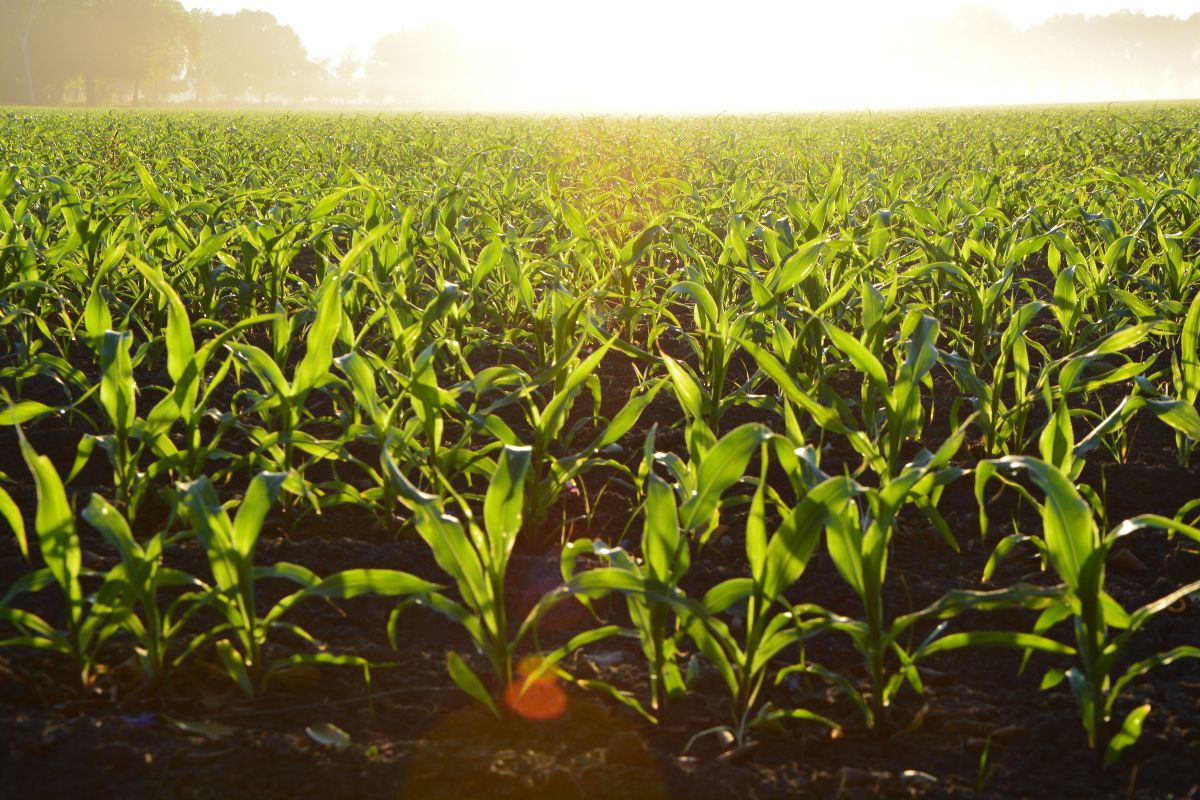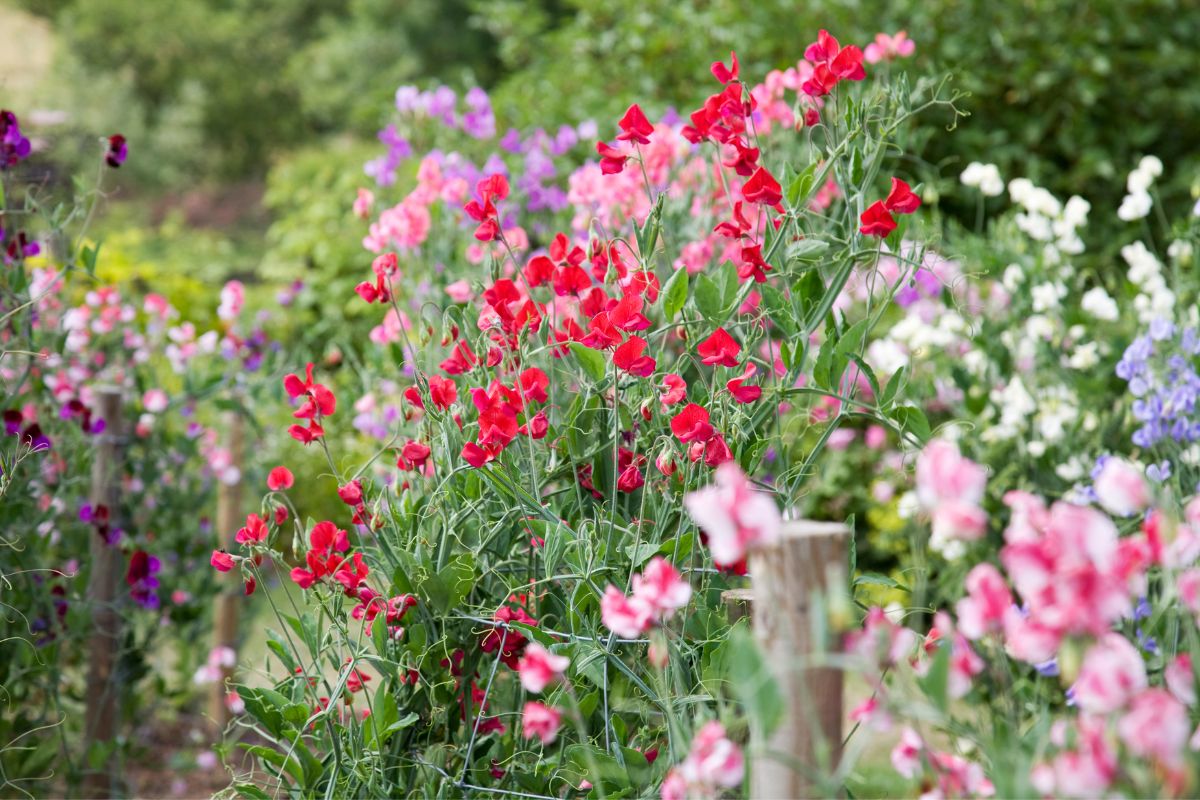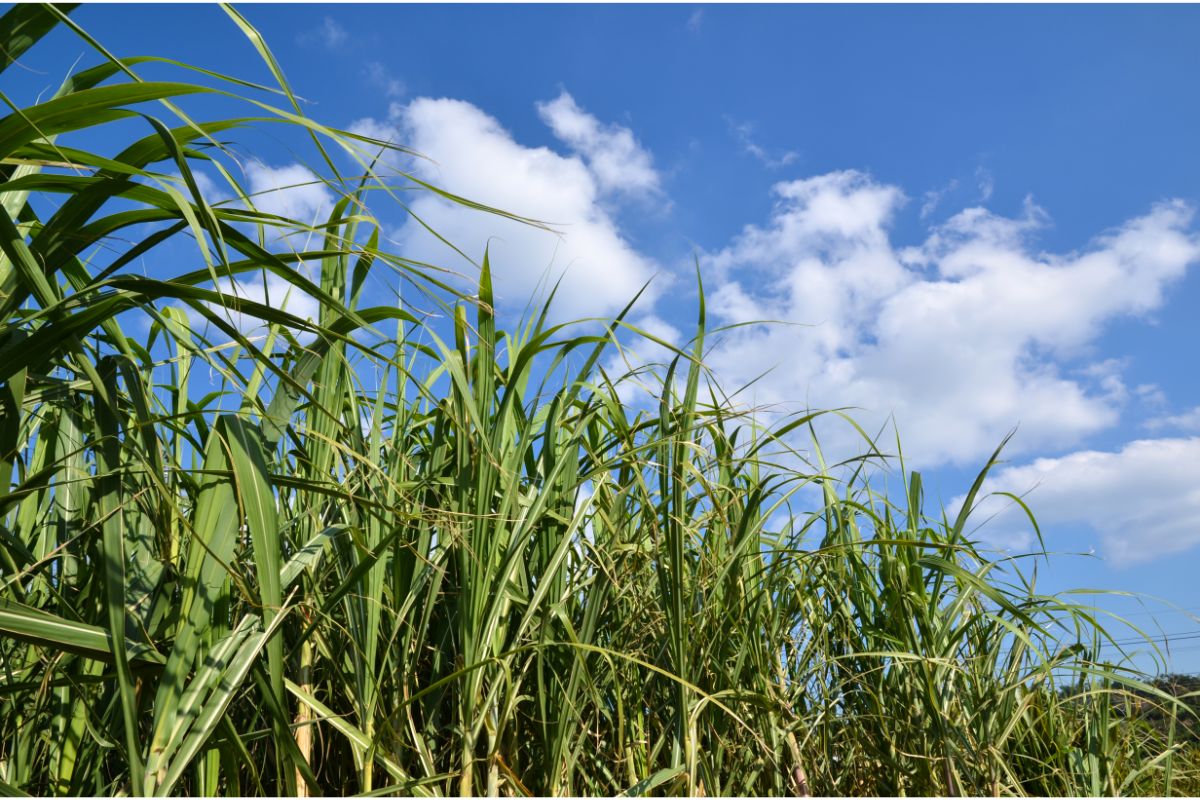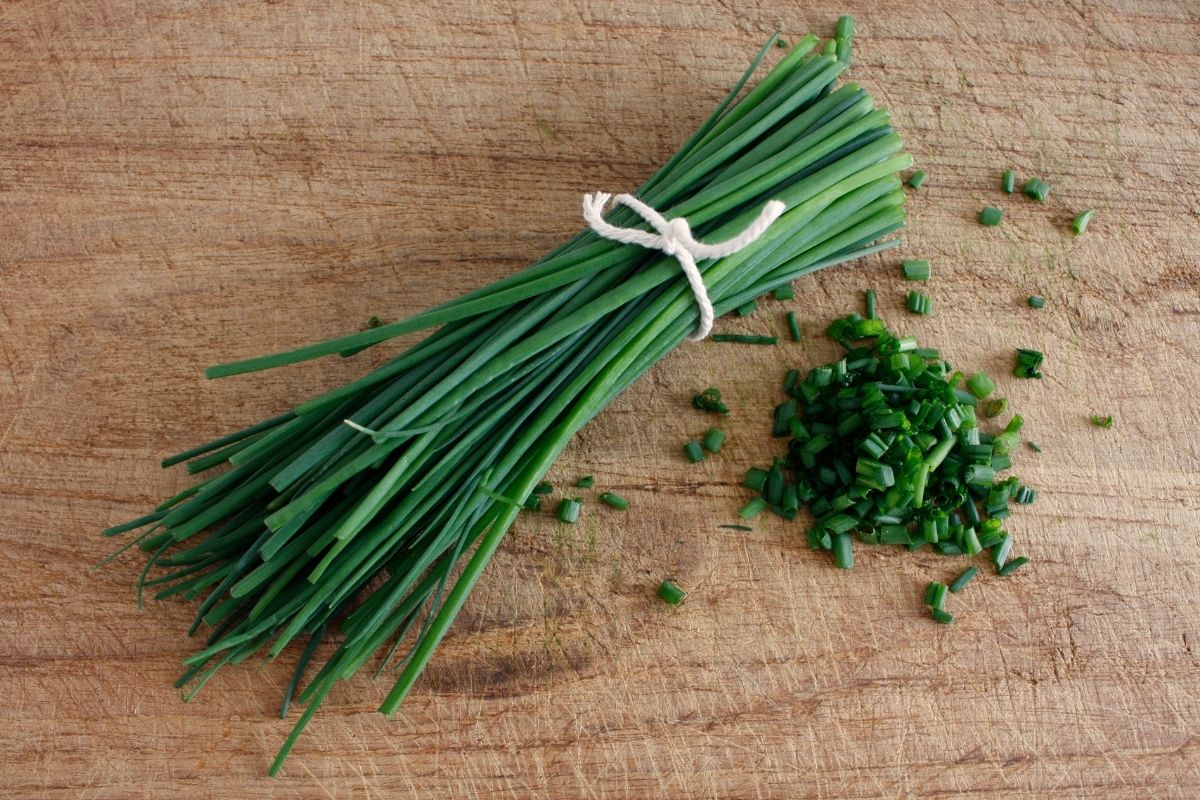Artichoke is a perennial herbaceous plant belonging to the family of Compositae.
It is native to the Mediterranean region and has been cultivated for over 2000 years in Italy, Spain, France, Germany, Austria, Switzerland, Hungary, Poland, Russia, Turkey, North Africa, South America, Australia, New Zealand and Japan.
The artichoke is an annual or biennial herb that grows from a large taproot.
In addition to its edible leaves, it produces small yellowish-green flowers with five petals, which are followed by tiny green fruits called “bracts”.
These bracts contain a number of seeds. Each seed contains one or two heart shaped cotyledons (seed leaves) and a hard endosperm.
The artichoke can grow up to 2 meters tall, but most often reaches only 1 meter. The stems have long hairs on their surface.
How To Grow Artichoke?
1. Choose Your Location
Selecting a good place for growing artichokes is very important.
If you want to grow them in your garden, choose a sunny spot where they will receive at least 6 hours of direct sunlight per day.
You should also make sure there is enough room for the plants to spread out as they grow.
2. Prepare The Soil
You need to prepare the soil before planting your artichokes.
Dig a hole about 20 cm deep and wide enough to accommodate the root ball of the plant. Mix together some compost and manure with peat moss and sand.
Then add this mixture into the hole and tamp down firmly. Water the area thoroughly so that all the ingredients mix well.
3. Plant Your Artichokes
After preparing the soil, carefully remove the roots from the container and wash off any dirt.
Place the roots in the prepared hole and fill the space around the roots with more soil. Make sure the top of the roots are covered with soil.
Fill the hole back up with soil so that the crown of the plant is level with the surrounding ground. Water the area thoroughly until the water runs clear.
4. Fertilize Your Artichokes
Once the plants have grown for 3 months, fertilize them every month with liquid fertilizer. This helps keep the plants healthy and strong.
5. Keep Your Artichokes Watered
Water your artichokes regularly during the summer months. Avoid overwatering though as overwatering may cause the foliage to turn brown and die.
6. Harvest Your Artichokes
When the first flower buds appear, cut the tops off the artichokes.
After the buds open, pick the outermost leaves, leaving the rest of the plant intact.
Use scissors to snip the stem just above the bud. Remove the tough outer leaves and discard them.
Cut the remaining leaves into quarters.
7. Enjoy Your Artichokes
Eat the tender inner leaves raw or steam them for 5 minutes. Or simply boil them for 10 minutes and enjoy!
When Is Artichoke Growing Season?
Artichoke is a perennial plant that requires no special care once established.
However, if you live in an area with cold winters, you may find that your artichokes don’t survive the winter.
For this reason, you might consider starting your own crop indoors in late fall or early spring.
Where Can I Buy Seeds?
Seeds for artichokes can be purchased online or at many nurseries.
What Are Some Common Problems With Artichokes?
The main problem with artichokes is that they require a lot of time and effort to grow.
The second major concern is that they are not easy to propagate. It’s difficult to get started because they only produce one type of flower.
How Long Does It Take To Grow Artichokes From Seed?
It takes approximately 4-6 months to grow artichokes from seed.
How To Grow Artichoke Plants Indoors?
Growing artichokes indoors is a great way to save money on your gardening expenses.
By growing them inside, you won’t have to worry about pests, weather conditions, or other problems that can affect outdoor crops.
If you decide to start your own indoor garden, here are a few things you should know.
1. Choose an appropriate location for your indoor garden. Indoor gardens tend to be smaller than their outdoor counterparts.
You will need to provide adequate light as well as ventilation. If possible, select a spot near a window where there is plenty of natural sunlight.
2. Prepare your soil before planting. The best place to start is by mixing equal parts peat moss and perlite together.
Mix these two ingredients in a bucket and add enough water to make a moist but workable mixture. Then spread the mixture over your prepared potting mix.
3. Plant seeds. Start by soaking seeds overnight in warm water.
Next morning, gently remove the seeds from the water and transfer them to a tray filled with dampened peat moss.
Cover the tray with plastic wrap and let the seeds sit until germination begins.
4. Water your plants daily. Once the sprouts begin to show up, keep them watered every day.
As soon as the seedlings emerge, apply a liquid fertilizer. This will help the young plants develop strong roots.
5. Keep your plants out of direct sun. Your plants should receive indirect light from a south facing window. Place them so that they face away from windows and doors.
6. Feed your plants regularly. Every week or two, fertilize your plants with a general purpose vegetable food.
7. Harvest when ready. When your plants reach six inches tall, pinch off the top third of each leaf. This encourages bushier growth.
8. Store your harvest. After harvesting, store your artichokes in a cool, dry place.
9. Propagate more artichokes. You can easily propagate your own plants by cutting off the tops of your artichokes.
Simply cut the stems close to the base of the plant. Remove any leaves that remain attached to the stem.
10. Enjoy!
Conclusion
To conclude, you can grow artichokes by starting them from seed. However, this method requires patience and commitment.
In addition, you must be able to properly care for your plants throughout the entire process.
Artichokes are a delicious vegetable that can be grown at home, and growing them yourself allows you to enjoy fresh produce year round.
- Pull Sprouts: 1 Potato Peel, 200 Plants - July 7, 2022
- Creeping Thyme: Flowering Herb And Ground Cover - July 7, 2022
- East meets Midwest in the garden of Linda Brazill and Mark Golbach, Part 1 - July 7, 2022







